How can journalists, academics, developers, data scientists and immigration experts work together to bring to the public contextualized, compelling information on one of the most divisive issues of our time?
That’s the question events called Migrahacks attempt to answer, and the Colorado Media Project and the University of Denver are working with community partners to bring a Migrahack to Denver this fall.
At a first brainstorming session held April 15, about 20 journalists, academics and students gathered at DU to begin thinking about the questions a local Migrahack could help answer.
The gathering featured a presentation by Celeste González de Bustamante, an associate professor of journalism at the University of Arizona. She helped lead a successful 2015 Migrahack in Arizona.
González de Bustamante described the Arizona Migrahack as “one of the most meaningful experiences I have had as an academic.” Its purpose, she said, was to “bring diverse groups of people together for three days in order to tell stories differently, improve understanding, and change the conversation about immigration.”
The three day event included one day dedicated to training on data visualization, infographics, data animation, mapping, and coding. Sometimes the most effective storytelling requires more than just words.
The April 15 event focused on beginning to answer two questions:
What systems of information exist for new migrants, and what are the gaps?
What are the Front Range immigration stories that need to be told, and to and for whom?
On the first question, participants said there are informal communications networks in immigrant communities, often using social media instrument like What’sApp. But the information circulated by those networks is often peppered with inaccuracies, rumor, and half-truths.
While media outlets, particularly radio stations, provide some valuable information for Spanish-speaking immigrants, other non-English-speaking groups have fewer resources to which they can turn.
Churches and to some extent school systems can also provide helpful sources of information.
On the second question, participants said that the best way to learn about stories that need telling is to spend time in immigrant communities, to learn first-hand about their struggles and challenges.
Another benefit of a local Migrahack could be debunking some persistent myths or misperceptions about immigration, said Mario Carrera, former chief revenue officer at Entravision, a large Spanish-language media company. Carrera also serves on the Colorado Media Project’s Local Advisory Committee.
For example, Carrera said, one popular position of immigration skeptics is that undocumented immigrants must “start at the back of the line” if they want to become legal U.S. residents. “But what no one talks about is what is the line, number one, and also, what are the very real barriers to legally migrating?”
The next Migrahack planning event will be a day-long gathering May 6 at DU. “M3: Machine learning, migration, mountains journalism unconference” will be run in collaboration with our friends at OpenNews, It will be a day of connection and conversation around innovation and collaboration in journalism. We especially invite our journalist friends to attend this event. You can register here.
While González de Bustamante was in Denver, she also spoke about the Migrahack with more than 60 university students in journalism, anthropology, and computer/data science classes and seminars to generate enthusiasm. She also participated in a podcast as part of a new series on critical race studies in academia that will premiere next month. The series is called Rage, and the episode featuring her will be released at the end of May.

